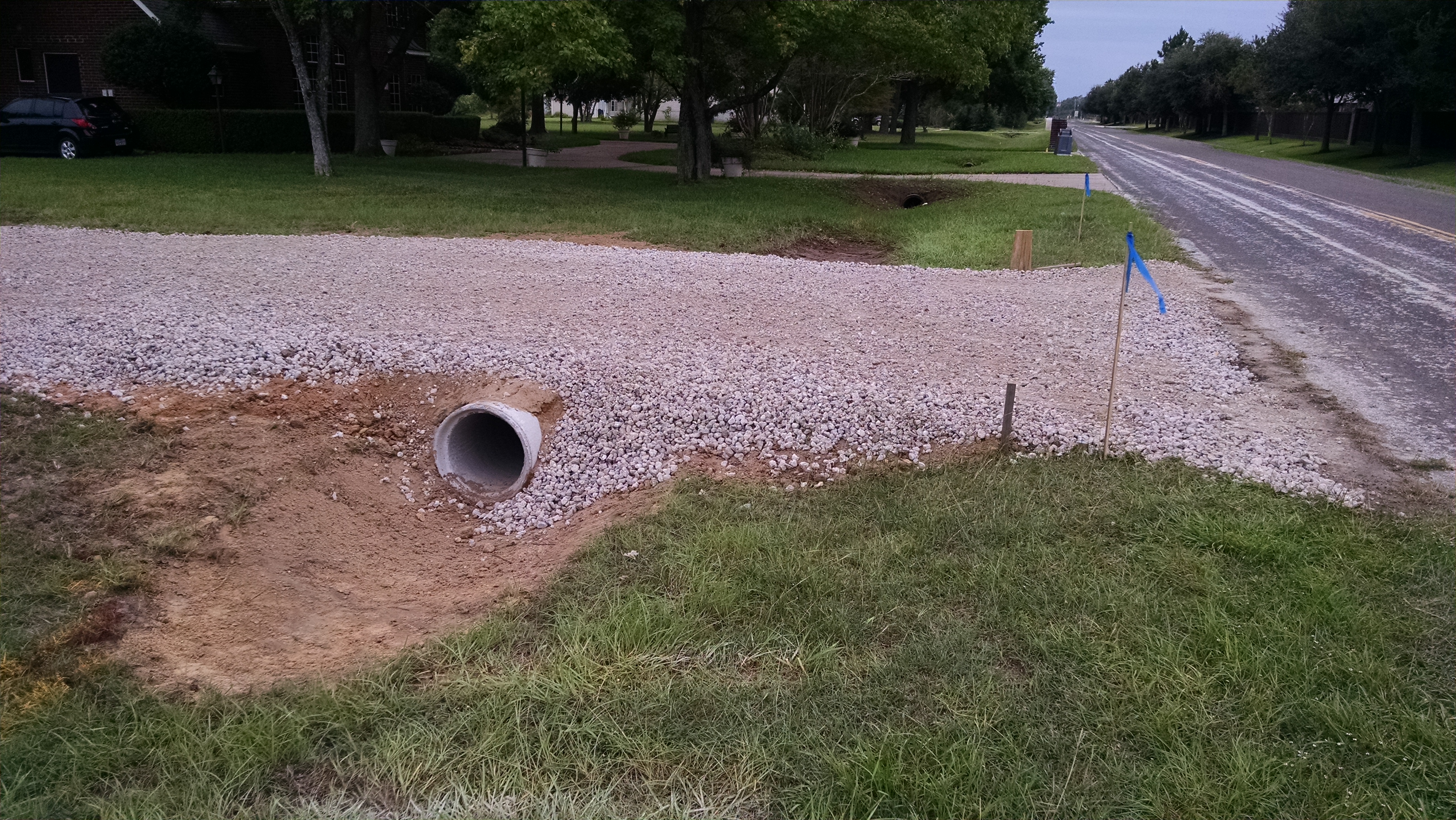Thorough Underbrush Clearing for Land Management
Thorough Underbrush Clearing for Land Management
Blog Article
Accomplish Success With Culvert Installation: Finest Practices Revealed
Installing culverts is an essential aspect of framework advancement, needing accuracy and adherence to finest practices for long-term success. Whether embarking on a brand-new project or maintaining existing culverts, the procedure demands precise interest to information. From the preliminary product selection to the lasts of upkeep, each step plays a critical function in the functionality and durability of the culvert system. In this conversation, we will check out important methods, pointers, and standards that can significantly impact the result of culvert installations. Comprehending these key aspects is paramount in making sure the architectural stability and performance of culverts, making it important for specialists and enthusiasts alike to comprehend these foundational concepts.
Proper Product Option

Concrete culverts are understood for their strength and sturdiness, making them ideal for hefty traffic areas and big water circulation volumes. Corrugated steel culverts are lightweight and easy to set up, perfect for temporary applications or situations calling for a quick solution. Plastic culverts are light-weight, corrosion-resistant, and economical, making them a popular choice for various culvert installments. Composite products use a combination of residential or commercial properties from various materials, giving an adjustable remedy for details job needs. Ultimately, selecting the correct material is vital to make certain the culvert system operates effectively and has a long solution life.
Site Prep Work Tips
Reliable site preparation is important for the effective setup of culverts, ensuring proper assimilation with the surrounding setting and long-lasting capability. Before starting the setup process, it is critical to perform a complete site assessment to identify the appropriate dimension, type, and placement of the culvert.
Next, the dirt conditions ought to be evaluated to analyze the stability and load-bearing ability of the ground. Depending upon the soil kind, additional measures such as compaction or support may be necessary to stop working out or changing of the culvert gradually. Correct drainage factors to consider ought to also be taken into consideration to protect against water build-up around the culvert, which can bring about disintegration or structural damages.
Finally, establishing correct access to the website for construction equipment and making sure conformity with any regulatory needs are important aspects of site preparation. By adhering to these site preparation pointers, the installation of culverts can be accomplished successfully and properly, promoting the durability and capability of the culvert system.
Setup Strategies

To start with, it is necessary to accurately measure and note the area where the culvert will certainly be mounted. This makes certain appropriate positioning and stops any mistakes during the installation phase. Excavation ought to be done thoroughly to create a stable foundation for the culvert. The trench should be dug to the proper depth and size, considering the dimension and kind of culvert being mounted.
Following, the culvert must be put in the trench adhering to the maker's guidelines. Appropriate positioning is crucial for the capability and durability of the culvert. Backfilling the trench with the appropriate material and compacting it in layers is the last action in the installment process. This makes certain the culvert is safely in area and ready to endure the needs it will encounter. By following find out here now these setup techniques faithfully, the culvert will be successfully installed, adding to the overall success of the job.
Maintenance Guidelines
After finishing the mindful installment of culverts following proper techniques, adherence to maintenance guidelines is my response extremely important to ensure their longevity and capability. Regular assessment is critical to identify any kind of indicators of wear, blockages, or architectural damages early on. Assessments need to include looking for sediment buildup, erosion around the culvert edges, and any indicators of deterioration or rust. Clearing debris, such as branches or leaves, from the inlet and outlet on a regular basis is vital to avoid obstructions that might result in flooding.
Furthermore, maintaining proper incline and alignment of the culvert is essential for reliable water circulation and to stop potential blocking. Road construction. Any kind of plants near the culvert should be taken care of to stay clear of root invasion and obstructions. In areas prone to freezing temperature levels, carrying out winter season maintenance techniques such as making sure proper water drainage to stop ice accumulation is essential
Regular upkeep not only expands the life expectancy of culverts but additionally ensures they function successfully in handling water circulation, minimizing the threat of damage to infrastructure and bordering areas.
Troubleshooting Common Issues
Dealing with usual issues that might occur with culverts calls for a systematic strategy and careful evaluation of the underlying reasons. One frequent problem encountered is obstructions within the culvert, usually caused by debris accumulation or sediment build-up. To fix about his this issue, routine examinations and upkeep are important to make sure proper functioning. Furthermore, inappropriate installment leading to misalignment or inadequate slope can lead to water circulation disruptions or even structural damage. By examining the culvert placement and slope regularly, possible problems can be determined and remedied promptly.

Conclusion
In verdict, achieving success with culvert installment requires mindful factor to consider of material selection, thorough website preparation, appropriate installation methods, and normal upkeep. By following ideal techniques and repairing common problems, the stability and performance of culverts can be ensured. It is vital to abide by guidelines and suggestions to avoid any type of possible issues and guarantee the durability of the culvert system.
Report this page